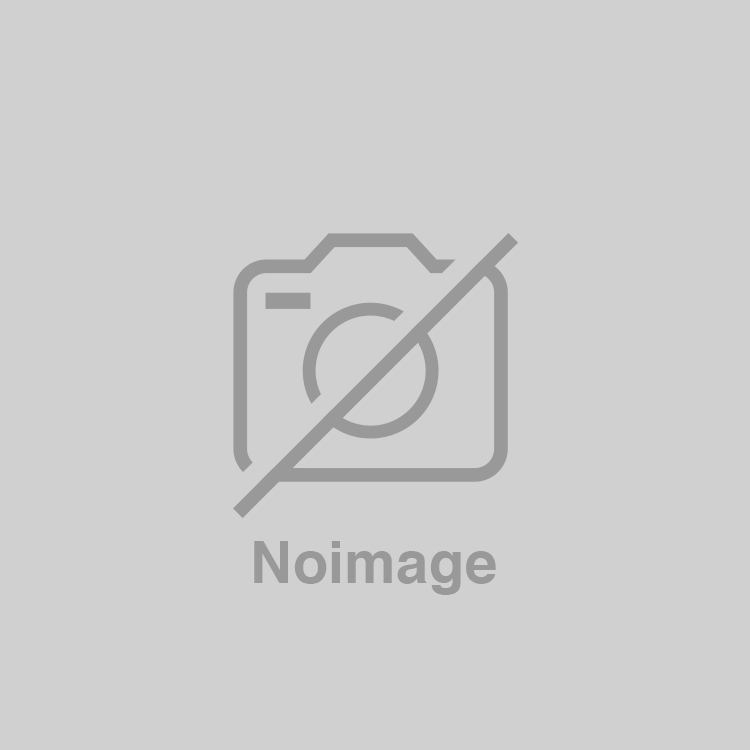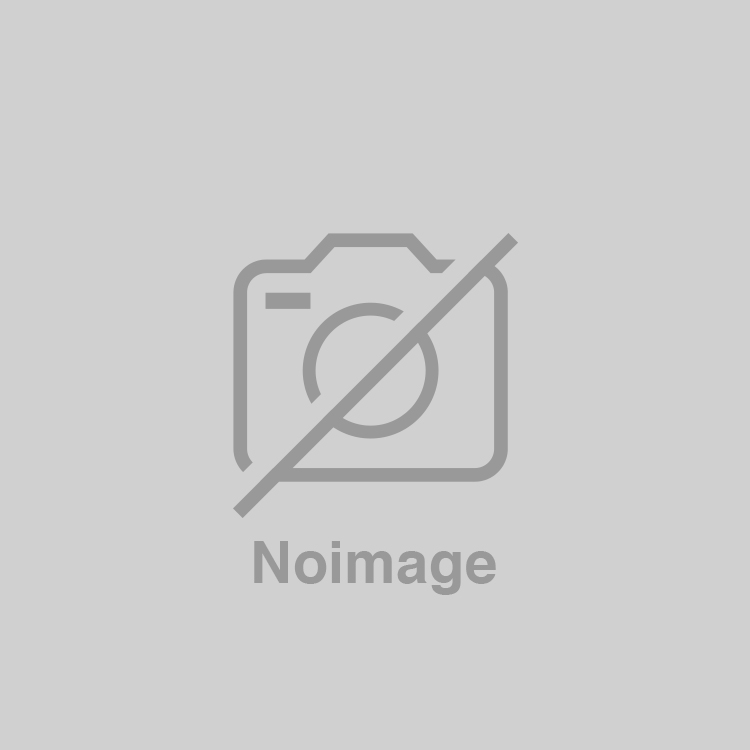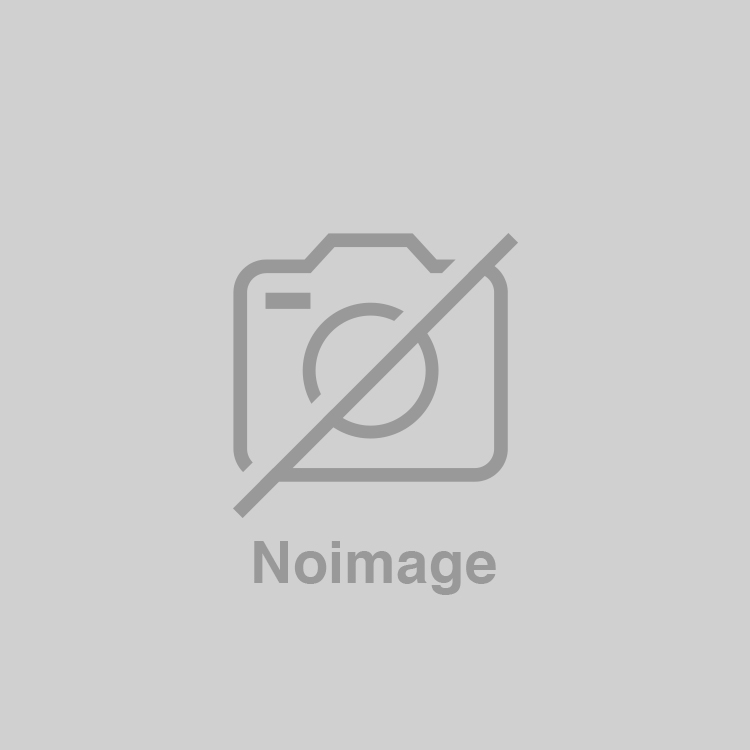
Many types of printed products require joining of sheets. The correct choice of type of binding depends on various factors: product format, number of pages, thickness and type of paper, target audience of the product, its service life... The overall design of the publication also plays an important role. Let's take a closer look at the main types of sheet binding, their advantages and disadvantages, as well as areas of application.
Among the main types that the printing house can offer you are:
- sewing on a staple (paper clip);
- spring;
- adhesive connection;
- comb-shaped staple (plastic comb);
- thread sewing fastening ;
- Wire-O (ring fastening).
Other types are less common and are suitable for very specific types of products.
Hook fastening< /h3>
Staples or wire for fastening sheets folded in half are one of the most budget-friendly, fast and reliable options. This method is used for small quantities of sheets or when printing inexpensive, mass-produced products. It is often used for the production of booklets and other small-volume promotional products, as well as student notebooks. It has a notebook height limitation of up to 10 mm.

Spring
Most often used in thick notebooks and notepads. It also allows you to fully open the block without bending the sheets, so it is suitable for frequent opening/closing. Another advantage is that you can choose spirals of different colors and diameters, which will add zest to the overall design.

Adhesive connection
Joins product sheets with glue, forming a flat spine. This is a more professional type of fastening, and is performed using serious equipment. Therefore, it is not suitable for single or very small runs. Most often used in publishing - for production of paperback books or magazines, as well as for catalogues. When opened, the sheets bend near the place of gluing; this must be taken into account when developing the design. If the printing house has a disrupted technological process or uses outdated equipment, the adhesive bond may turn out to be very unreliable - and the block will fall apart after just a few uses. The most modern and durable gluing option today is polyurethane glue. However, the appropriate equipment is not installed everywhere.

Comb-shaped bracket (plastic comb)
Consists of plastic rings connected by one common base. Cannot open 360 degrees. However, it makes it easy to add or remove multiple pages as the plastic rings are easy to open and close again. The main area of application is various reports, instructions, coursework, commercial proposals, in general, any materials whose circulation is very small or single.

Thread binding
The most durable and reliable method of binding hardcover books. Suitable for publications that are used repeatedly (for example, reference books). The presence of binding gives books a premium appearance; in addition, there is a huge range of different binding materials on the market. Requires serious specialized equipment, therefore not suitable for small runs.

Wire- o (fastening on rings)
Metal double rings qualitatively connect the cover and sheets, forming a flat notebook. The block can be fully opened, the sheets are wrapped along the binding axis 360 degrees without bending. Another advantage is the ability to tear out a page without damaging the entire block. The product with rings looks quite stylish. Often used in calendars, notepads, reference literature.

So, a modern printing house will offer you various binding options. If you choose carefully, you can get a durable product with a stylish design.
 EN
EN  RU
RU  UK
UK  PL
PL  IT
IT  ES
ES  DE
DE  FR
FR 







